People who don’t run will see this picture of me with a tire drag and wonder what the hell I’m doing. But if you’re a runner, I bet you recognize this contraption and have wondered how to set one up for yourself.
Good thinking. I’ve used this training method for years, including 1.5-hour road drags in preparation for my run across America. Using a tire drag is the best form of sport-specific cross-training a runner can do. When you pull a tire, you change the points of resistance and load on your body, and you train your muscles in a way that’s slightly different from your regular running gait.
The key is the light to medium resistance on your mid-section that you get from pulling the tire, something like a husky hauls a sled.
By doing this, you get core and strength training while you run, along with the bonus of entraining your mind with your body as you put one foot in front of the other. In other words, your body and mind work constantly to make micro changes in your gait, working together to keep you upright and moving forward in an unbalanced situation.
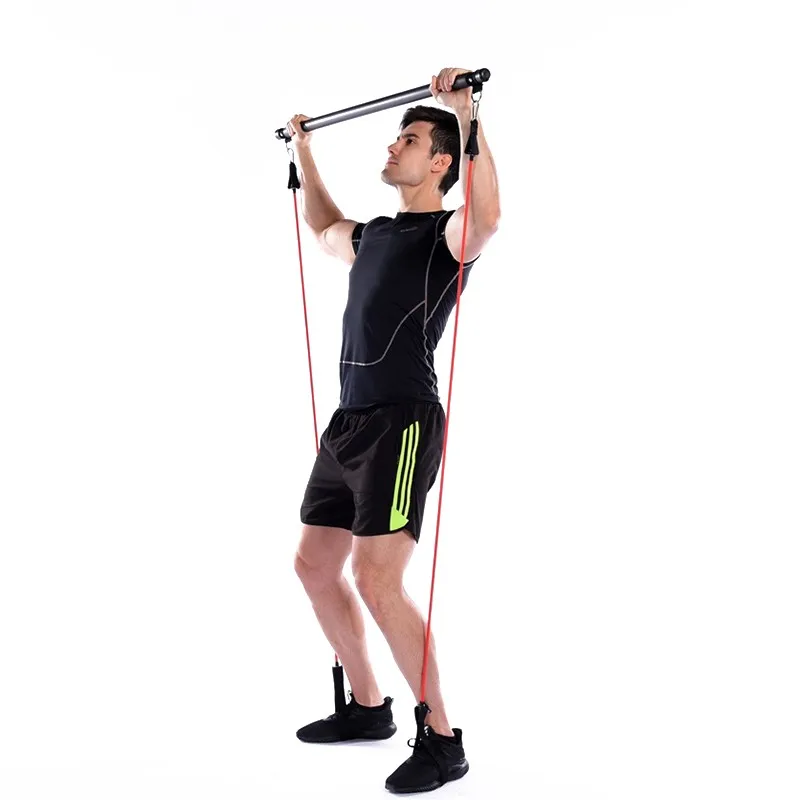
Ready to go? Gather up these parts and get started …
Old tire. Any brand, 13-, 14-, or 15-inch rim diameter. The bigger you are, the bigger the tire. Source: any junk yard.
Leather weight belt. Choose one that’s wide, 3 to 4 inches on the back, with some padding. Make sure it’s a comfortable fit for you. Source: sporting goods store.
Nylon cord or rope. The cord should be 1/4 to 3/8 inches in diameter. You’ll need two pieces, one about 12 inches long, and another one about 8 feet long. Source: hardware store.
Stiff bungee cord. This should be hard to expand and 48 inches long, with carabiners on each end. Source: hardware store.
Phillips screwdriver or drill. You need something capable of getting through the weight belt padding and the tire. source: hardware store.
1. Punch a hole through the weight belt in the back, through the padding on the top and bottom, and thread the cord behind the padding. Loop it around the back of the belt and tie securely, leaving an inch slack or gap between the back of the belt and the cord.
Punch a hole through the weight belt in the back, through the padding on the top and bottom, and thread the cord behind the padding. Loop it around the back of the belt and tie securely, leaving an inch slack or gap between the back of the belt and the cord.
2. Attach the bungee cord to the rope on the weight belt using the carabiner.
3. Attach another piece of nylon cord or rope to the other end of the bungee cord by making a loop in the cord and attaching it to the carabiner.
4. Drill a hole in the center of the tire that’s just big enough for the cord to be punched through with a Phillips screwdriver or something similar.
5. Thread the cord through a quarter-inch washer and then tie a double or triple knot (one on top of the other), big enough so it won’t pull back through the hole in the tire.
That’s it! Now you’re ready to pull!
A gravel road usually provides the least resistance, a concrete bike path more resistance, and somewhat rough asphalt provides the most resistance. You can use any of these surfaces for your training, depending on how hard you want your workout to be. (Trails aren’t appropriate for pulling a tire.)
You can use any of these surfaces for your training, depending on how hard you want your workout to be. (Trails aren’t appropriate for pulling a tire.)
On the flat, you can pull the tire to increase the benefit of Fartlek or interval training.
On hills, pull hard going up to develop your glutes and calves, and run at a brisk pace going down to develop your quads or take an easier pace on the downhill for recovery.
Choose the appropriate location (surface, grade) depending on the goals of your workout.
Secure the weight belt in a comfortable position and place the tire behind you.
Pull from your midsection in a purposeful manner. Envision a string drawing you forward from your navel.
Stay upright and with your shoulders back to open the chest and airways, and keep your chin up and your eyes looking forward down the road.
Pump with your arms bent at a 90-degree angle.
Lift your legs high. Use a shorter stride for form, or a longer stride for power.
Start training by pulling the tire one-half mile.
Increase distance by 1/4 to 1/2 mile in one to two-week increments until the pulling distance is 3 to 6 miles, or about 45 minutes to 1.5 hours if you’re training for a marathon or working to get in optimum shape.
You can run longer distances/times pulling the tire if you’re training for races longer than a marathon.
Sure, it’s a “drag” … but you can have fun with it. Enjoy!
You've probably seen people work out with tires at the gym and wondered one thing: "Why?"
As it turns out, tire workouts help build strength and endurance and burn major calories.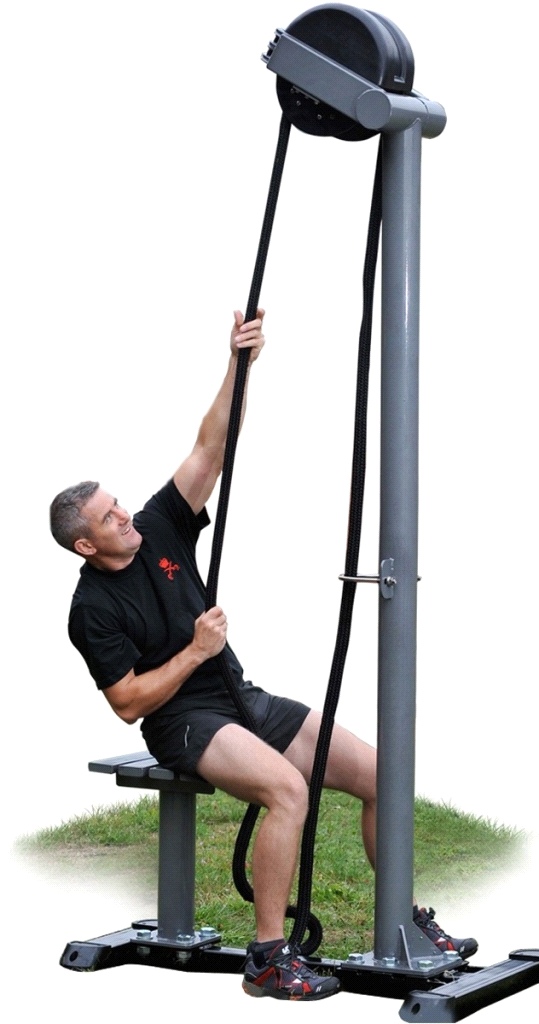 Plus, it's a nice change of pace from the barbells and dumbbells you're used to working with, says Rebecca Gahan, CPT, owner and founder of Kick@55 Fitness in Chicago.
Plus, it's a nice change of pace from the barbells and dumbbells you're used to working with, says Rebecca Gahan, CPT, owner and founder of Kick@55 Fitness in Chicago.
“If you always use the same equipment for strength training, your muscles adapt and your progress plateaus,” says Gahan. “Integrating a tire into your workout will shock the body and force your muscles to work in a completely new way." Plus, let’s be honest — just lifting that tire can make you feel pretty badass, right?
For safety reasons, it's important to start out with a lighter tire that's suitable for your activity level and strength. Luckily, you don’t need a heavy tire to reap the benefits. Here's how to get started.
Men's Health
1) Pop Squats.
“Stand in the center of the tire in a low squat and jump up onto the tire with both feet to land standing,” says Astrid Swan, celebrity trainer and instructor at Barry’s Bootcamp in Los Angeles.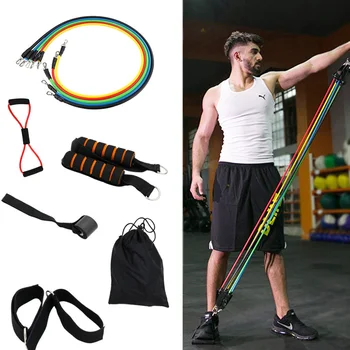 This works the legs and glutes for strength and definition, while also providing a burst of cardio to blast calories and get your heart rate up.
This works the legs and glutes for strength and definition, while also providing a burst of cardio to blast calories and get your heart rate up.
2) Decline Push-Up and Knee Drive.
View full post on Instagram
“With your feet on the tire and hands on the ground, bring yourself into a plank/pushup position. Lower yourself into a push-up and press up, then drive one knee to your chest and switch, then repeat,” says Sweatworking App coach, Betina Gozo. “This movement is great for your chest and shoulders, and it works your core and stability."
3) Single Leg Box Jumps.
“Start standing on one foot and explode up onto the tire, landing on a single leg,” says Swan. Either jump down or step down, depending on your activity level and joints. (Don't worry — you'll still get the cardio and toning benefits.) Switch legs each time.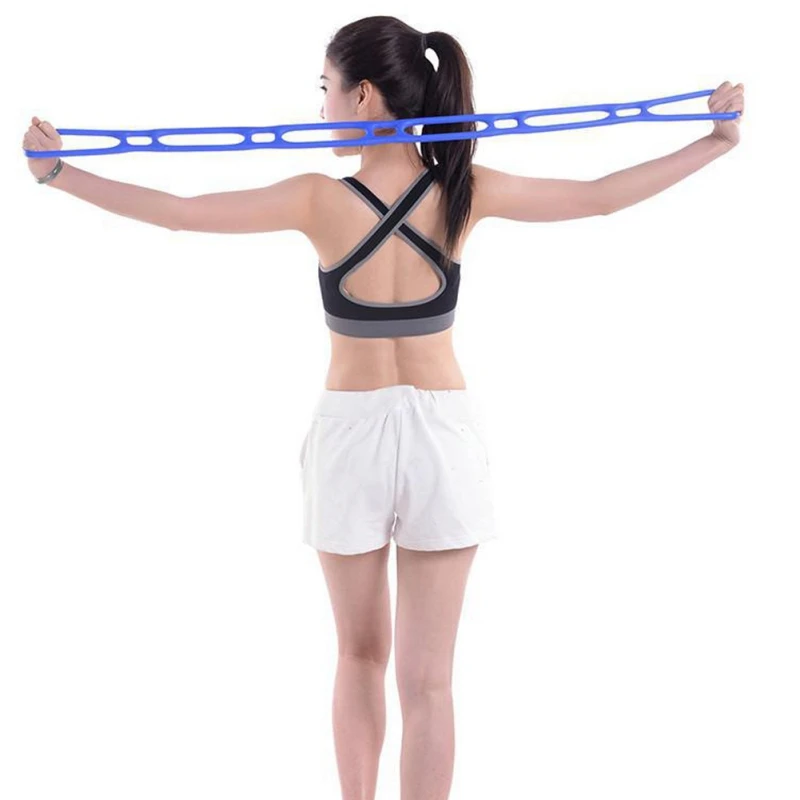 This move works the legs and helps with balance.
This move works the legs and helps with balance.
4) Tire Flips.
View full post on Instagram
Give yourself some space and do tire flips across the floor. “Squat down, lift the tire from the bottom, and then flip it,” says Gahan. It sounds easy, but it’s super challenging, so be prepared to use all your strength.
“You are now receiving the benefits of a weighted squat, along with upper-body resistance, as well,” says Gahan.
What’s more, you can also pair this with a broad jump. Do back and forth tire flips with a broad jump by flipping the tire, broad jumping to the other side, and then flipping the tire again, she says.
5) Bring in a Sledgehammer.
This is the ultimate warrior activity, so get your sledgehammer ready and pound that tire. “Use a weighted sledgehammer to lunge back, squat, and hit the tire, repeatedly,” says Gahan. Aim for about 10-15 reps per side, she says.
Aim for about 10-15 reps per side, she says.
6) Lateral Jumps Around the Tire.
View full post on Youtube
This move gets your heart rate going without putting too much pressure on your joints. “Do lateral jumps from one outside part of the tire, into the inner hole of the tire, and then out to the other outside part of tire,” says Gahan. It’s also easy to do this one in a smaller space, and it can give your arms a rest between other tire exercises.
Wanna kick it up a notch? Add a burpee. “Standing parallel to the tire, hinge back into a athletic position with your arms back, then using your arms to drive up, hop with both feet into the middle of tire, then repeat to hop back out of the tire going the same direction. Then drop down to a burpee and repeat,” says Gozo. “I love this movement because you work your fast twitch muscles, get your heart rate up, and work your chest and back with the burpee.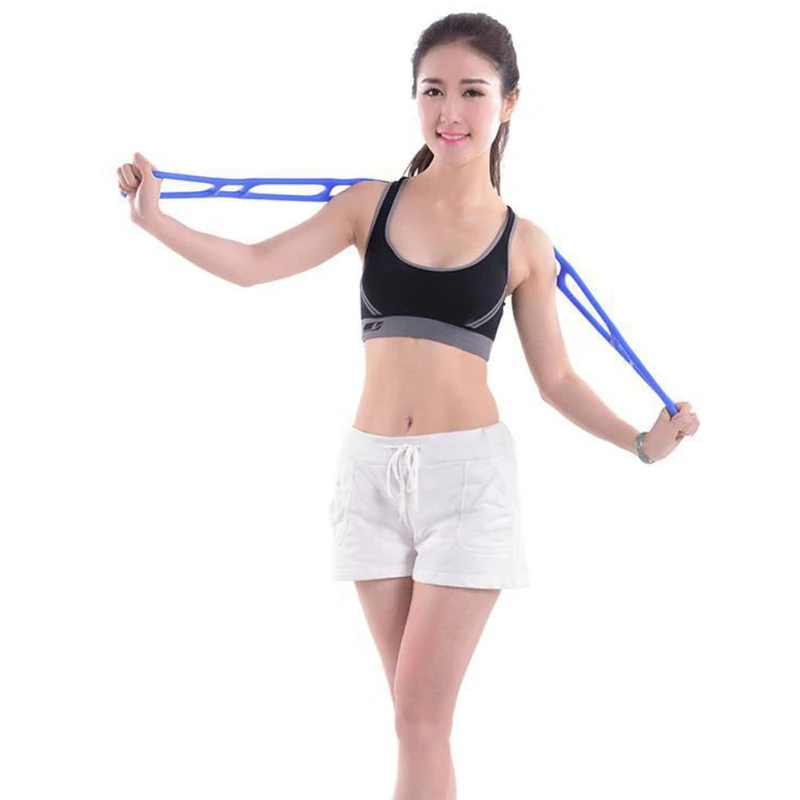 "
"
7) Tire Rope Pull.
View full post on Instagram
This is a more advanced tire exercise, so proceed with caution. “String a battle rope through the tire while it is on its side, then bring the two ends of the rope in line with the tire. Grab both ends of the rope, then while you're staying nice and low in a squat, row both ropes at the same time while the tire rolls to you, quickly grabbing closer to the rope as the tire rolls towards you,” says Gozo.
“Once the tire rolls all the way to you, push it back and repeat. I love this movement because it challenges you to move quickly and efficiently, while working your grip strength and core,” she says.
Isadora Baum
Isadora Baum is a freelance writer, certified health coach, and author of 5-Minute Energy. She can't resist a good sample, a margarita, a new HIIT class, or an easy laugh. Learn more about her on her website: isadorabaum.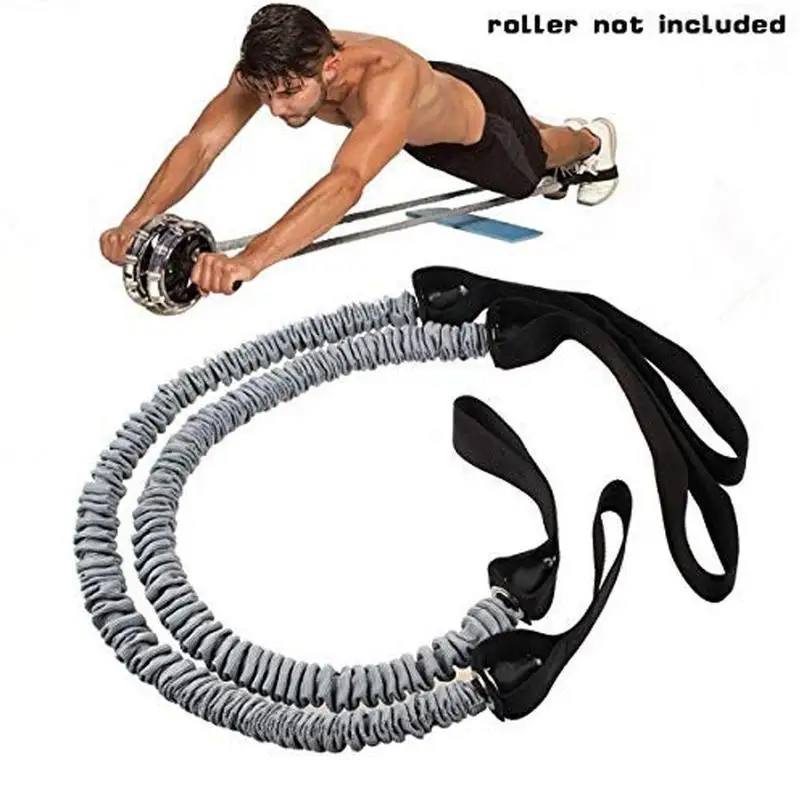 com.
com.
No matter how you look after your car, sooner or later it will be “on the shield” - more precisely, on the “tie”. Running out of gas, a sudden breakdown of the engine or transmission - and now you need to urgently look for the phone of a tow truck. Or ask other drivers for help? Rope towing will save time and money, but not every car owner is ready for it, because drivers rarely encounter it. We tell seven principles of safe towing of the car.
You should start by studying the Rules of the Road, which just changed the requirements for towing 3 years ago. Now they forbid drivers with less than 2 years of experience behind the wheel of a tug - a newcomer has no right to drag a broken comrade to a car service or gas station. There is logic in this: towing is a responsible procedure that requires experience. So check the driving experience of a potential benefactor if you are offered such assistance.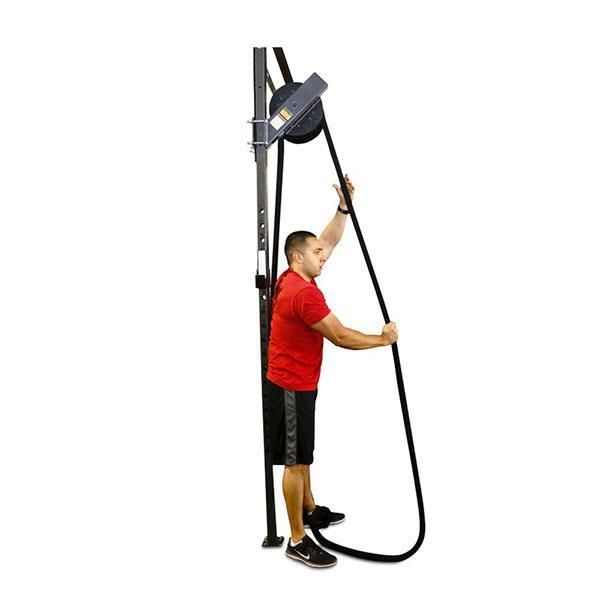
But any driver who has a driver's license of the corresponding category can be towed. As well as documents for the car, insurance, license plates, first aid kit and the rest of the gentleman's set - all standard requirements for transport on the roads apply to cars in a coupler.
In a towed vehicle, the rules strictly prohibit the transport of passengers - all people except the driver must transfer to the lead towing vehicle. By the way, do not think that traffic police inspectors are not interested in cars with a “tie” - everything is exactly the opposite, because cars are often stolen in this way. Therefore, make sure that you do not violate the rules of towing.
The distance between cars in a bunch must be from 4 to 6 meters, and the maximum speed of their movement is limited to 50 km/h. Also note that on a flexible hitch (that is, on any cable) it is forbidden to tow the machine on ice.
Separately, it is worth mentioning the rules for using lighting devices. Hazard signaling (flashing turn signals) must be switched on only for the towed vehicle. If it does not work, attach an emergency stop sign to the trunk lid. As for the tow car, it is not necessary to turn on the emergency gang on it so as not to mislead other drivers when passing through intersections. But the dipped headlights are a must.
Hazard signaling (flashing turn signals) must be switched on only for the towed vehicle. If it does not work, attach an emergency stop sign to the trunk lid. As for the tow car, it is not necessary to turn on the emergency gang on it so as not to mislead other drivers when passing through intersections. But the dipped headlights are a must.
And do not forget that the traffic rules have a rare sign 3.7 "Moving with a trailer is prohibited", which also applies to towed vehicles.
You have a tow cable in your trunk, right? According to the unspoken rules of driving etiquette, the towed cable always gets towed - after all, it is he who is being helped, and he is dirtying his rope.
Make sure that the length of the rope complies with the regulations (4 to 6 meters). Additionally, “warning devices” must be attached to the cable - shields or cloth flags 20x20 cm in size with retroreflective diagonal stripes of red and white.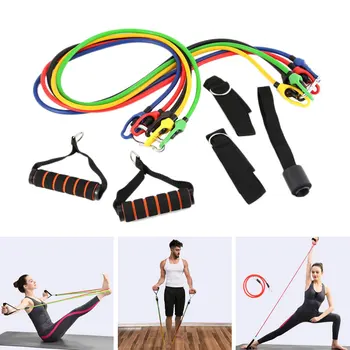 Let's be honest: this paragraph of the rules is the most difficult to comply with - few drivers have these flags, and red rags or painted sections of the cable do not meet the requirements, because they do not reflect light. Towing without flags threatens not only with a fine: in the event of an accident with another car or a pedestrian who did not notice the cable, the driver of the towing car will be responsible - it is he who is obliged to ensure the safety of towing.
Let's be honest: this paragraph of the rules is the most difficult to comply with - few drivers have these flags, and red rags or painted sections of the cable do not meet the requirements, because they do not reflect light. Towing without flags threatens not only with a fine: in the event of an accident with another car or a pedestrian who did not notice the cable, the driver of the towing car will be responsible - it is he who is obliged to ensure the safety of towing.
The towing cable must be flexible and strong: the permissible tonnage indicated on the cable must be at least twice the weight of the machine being towed. Never use a metal cable for towing - it does not dampen the vibrations that occur during jerks, which destroys the towing eyes of cars and the cable itself.
If vehicles have more than one towing eye, attach the cable diagonally (from the left rear eye on the first car to the right front eye on the second, or vice versa) to reduce the risk of wheel running into the cable when cornering.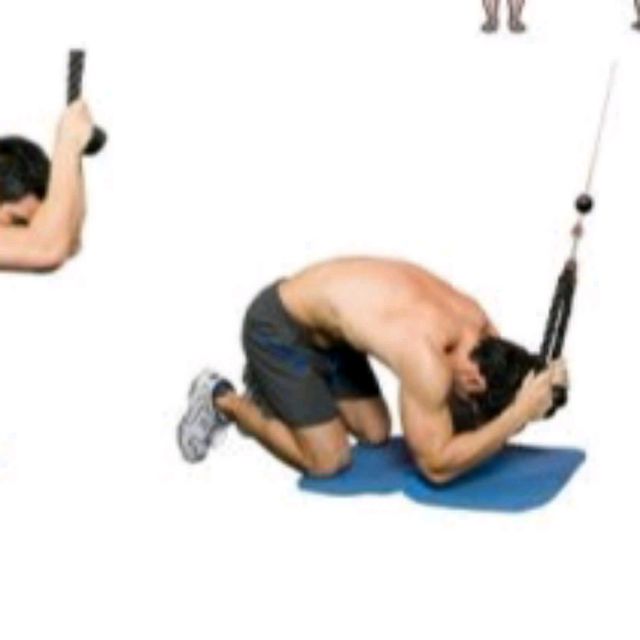
Read more: Choosing a tow rope.
Before agreeing to tow anyone, ask: what actually happened? Faulty brakes or problems with the steering of the car are a definite reason to call a tow truck, towing in these cases is strictly prohibited. It will also be useful to make sure that the car is able to coast normally - it has not jammed the axle, wheel bearing or brake mechanism.
The gearbox is always in neutral (N) for towing. You can tow a car with an “automatic” by observing the simple “50/50” rule: no further than 50 km and no faster than 50 km / h.
If the car's engine is working, be sure to tow the car with the engine running, this will greatly facilitate the task. But more often a tug is required precisely because of problems with the engine - in this case, the driver of the “wounded” car will face difficulties (more on them below). At the very least, make sure that the key is inserted into the ignition and turned, otherwise the steering wheel will be blocked by a standard lock right in motion.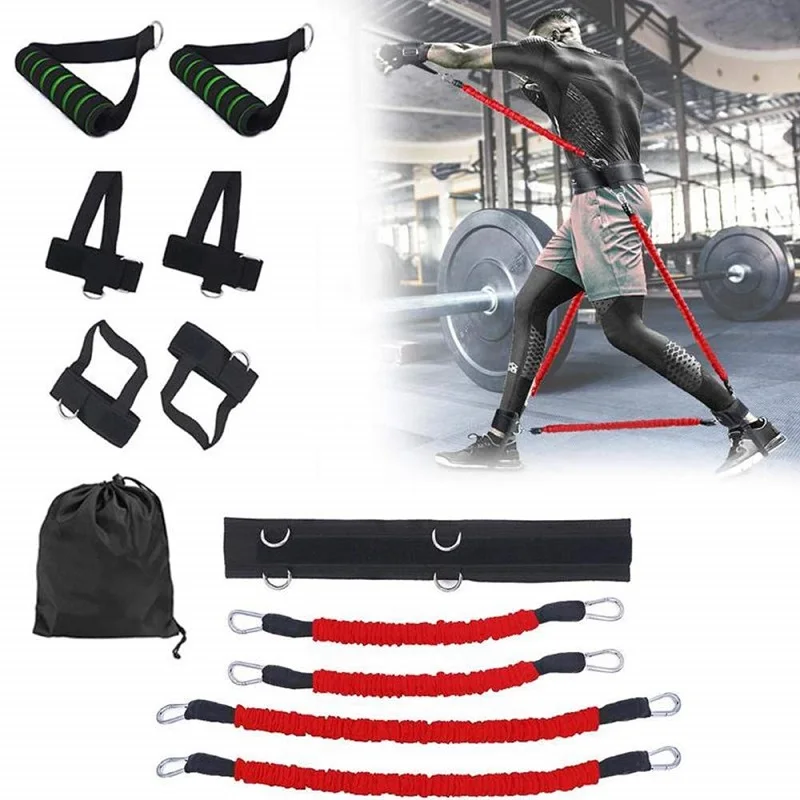 And recharge the battery so that the horn and high beam work - they will be needed to communicate with the second car and signal to other drivers and pedestrians.
And recharge the battery so that the horn and high beam work - they will be needed to communicate with the second car and signal to other drivers and pedestrians.
Almost nothing works in a car with the engine turned off: no power steering, no vacuum brake booster, no heater, no air conditioning ... Say, you can do without air conditioning when towing? Yes, but in cloudy weather there is a high risk that the windows will start to sweat a lot - and your position will become even less enviable. Therefore, everything must be foreseen in advance: prepare a rag for wiping the glass and open the windows a little. If it happens in winter, dress as warmly as possible so as not to freeze in a car without a stove.
But the main inconvenience is the lack of power steering (electric power will also not work) and a vacuum brake booster - get ready for unusually large efforts on the steering wheel and brake pedal. Remember how huge the “steering wheel” was installed in old cars to make it easier to drive without an amplifier.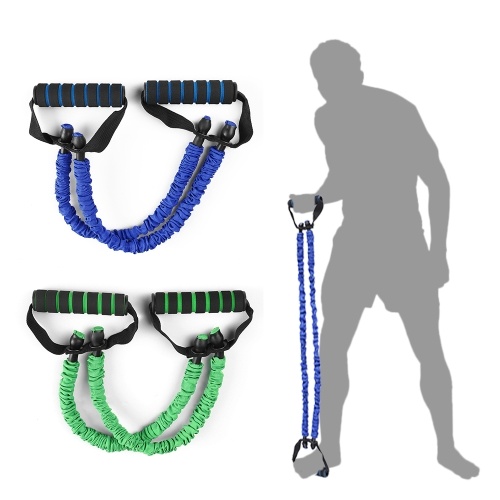 With a modern small steering wheel in hand, turning the wheels will be even more difficult.
With a modern small steering wheel in hand, turning the wheels will be even more difficult.
On the road, drivers need to communicate with each other somehow - agree on this in advance. For example, one horn signal is an offer to stop at a convenient opportunity, and several short signals in a row are a call to stop immediately (for example, if the cable breaks). The lead car must diligently turn on the turn signals at each lane change, and in advance, so that the second driver knows about the upcoming maneuvers.
It's good if both cars have walkie-talkies. But this rarely happens, so count on mobile phones - make sure they are charged and both drivers have each other's numbers. If you use SIM cards from the same operator with unlimited on-net communication, you can even set up a connection in advance to chat on the go. Just use a headset or speakerphone so you don't get distracted from driving.
Let's be honest, riding a rope in city traffic is a lot of stress. Between you, other cars are constantly trying to wedge in or pedestrians cross the road without noticing the cable, which is very dangerous. You have to maneuver in a dense stream, and driving through narrow courtyards is a separate quest.
Between you, other cars are constantly trying to wedge in or pedestrians cross the road without noticing the cable, which is very dangerous. You have to maneuver in a dense stream, and driving through narrow courtyards is a separate quest.
To make things easier for yourself, think carefully about your itinerary. Avoid difficult intersections, narrow sections and hairpin turns - it is better to take a longer but easier road in tow. And if towing is planned in advance, choose a weekend morning for it, when the number of cars on the roads is minimal.
Finally, we got to the main thing - controlling the cars in a bunch. Both drivers will have to work hard, and each will have to solve their own specific tasks. Yes, and no music in the cars - when towing, it is very important to hear each other's signals and respond to them.
First driver (towing)
For the driver of the lead car, the main thing is to always remember the “tail”, because the car in a sense becomes 10 meters longer.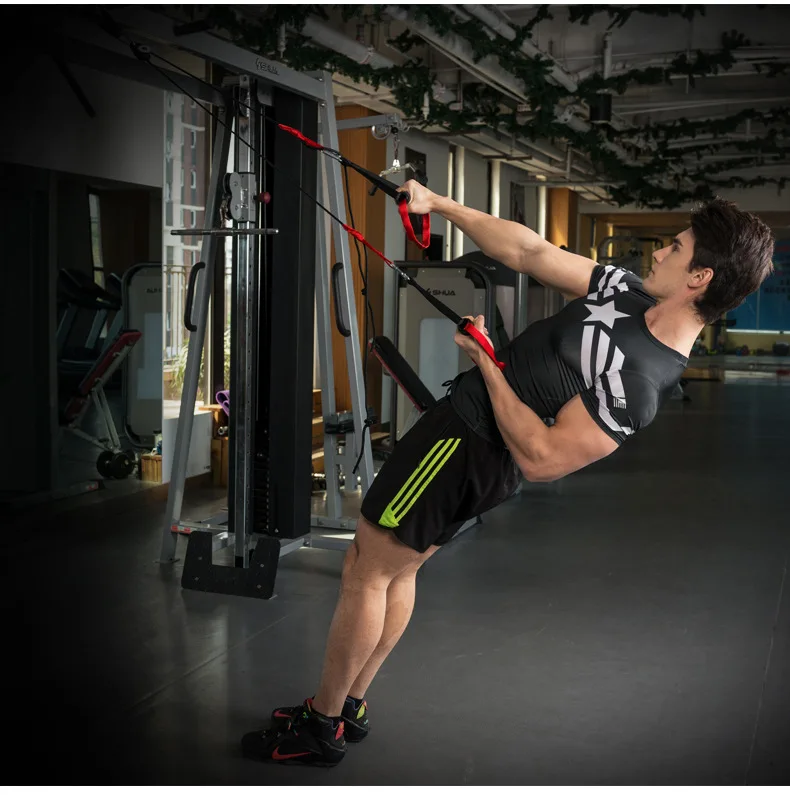 Have you noticed how wide an arc long trucks turn? In order for the towed car to fit into the turn, you will have to adopt this technique of leaving as much room as possible on the inside of the turn, giving your companion room to maneuver.
Have you noticed how wide an arc long trucks turn? In order for the towed car to fit into the turn, you will have to adopt this technique of leaving as much room as possible on the inside of the turn, giving your companion room to maneuver.
Don't jerk when towing - the calmer you get off, the better. If your car has winter transmission modes, use them for a smoother ride. And do not forget about the speed limit - no more than 50 km / h.
Also, the first driver should assess the road situation well, planning his actions tens of meters ahead. The traffic light began to flash yellow - do not try to slip through, so as not to substitute the "tail" under the starting cars. There is a traffic jam ahead - take the desired lane in advance so as not to push, changing lanes in traffic.
Second driver (towed)
The main task of the second driver is not to drive into the rear bumper of the first driver, so as not to look as stupid as possible.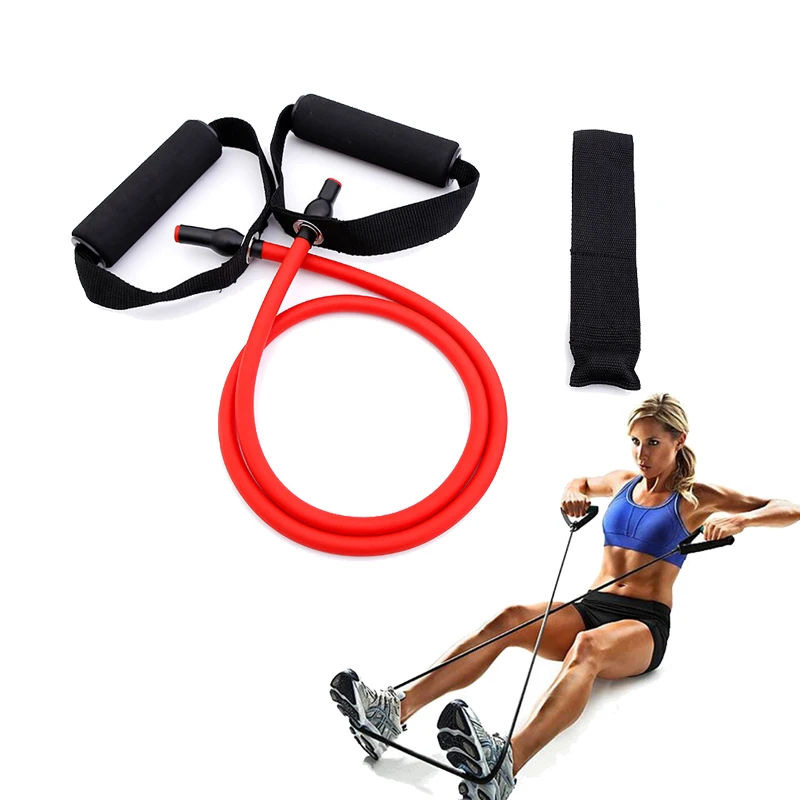 Without a brake booster, this is more difficult than it seems - do not be distracted, carefully monitor the brake lights of the first car and react to them in time.
Without a brake booster, this is more difficult than it seems - do not be distracted, carefully monitor the brake lights of the first car and react to them in time.
The basic principle of safe towing is to always keep the cable taut. If the rope is slack (for example, when coasting downhill) - do not hesitate to slow down, working a little "plough" in your bundle. A tight cable is protection against jerks that are harmful to the transmission and against accidental collision with a wheel in a turn, which almost certainly leads to its rupture.
Of course, towing and towing are tasks for experienced drivers with good skills. Take your time, be careful and calm - then everything will work out. And if you are worried and not confident in your abilities - call a tow truck, it's much calmer.
22849. A bar with mass m=20 kg slides over the surface of a bar with mass M=10 kg, as shown in the figure. What is the acceleration of each bar (a_M and a_m) and what is the thread tension T if a=20° and there is no friction? What is the acceleration of each bar (a_M and a_m) and what is the thread tension T if a=20° and there is no friction? |
| 22850. A body of mass m1 located on an inclined surface forming an angle a with the horizon is connected by a weightless inextensible thread thrown over a block with a body of mass m2 hanging in the air. Neglecting friction, determine the accelerations of the bodies a and the thread tension force T, if a=30°, m1=m2=5 kg. |
| 22851. A long inextensible rope is thrown over a fixed block. At the other end of the rope, a load of mass m=10 kg is suspended, and a monkey with mass M=30 kg grabs onto the other end. With what acceleration relative to the rope must the monkey move up the rope in order to remain at the same height above the ground? Ignore the masses of the rope and block and the friction in the block. |
22852. The rope can withstand a load of 90 kg when it is lifted vertically with some acceleration and a load of 110 kg when moving down with the same acceleration.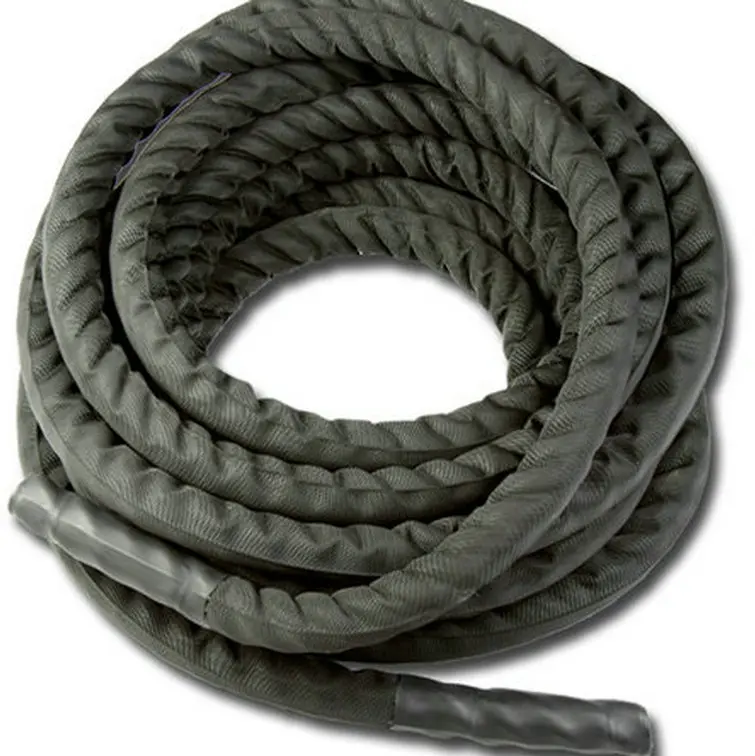 What is the maximum load that can be lifted with this rope at a constant speed? What is the maximum load that can be lifted with this rope at a constant speed? |
| 22853. A person weighing m=95 kg is standing on a scale in an elevator. What will the scales (M) show if: a) the elevator moves with a constant upward acceleration a1=1.8 m/s2; b) with constant downward acceleration a2=1.3 m/s2; c) The elevator moves up or down at a constant speed. Do the readings of the scales in these cases depend on the direction of the elevator speed? |
| 22854. A 5 kg mass is attached to a dynamometer suspended in the elevator car. The elevator is moving up. Determine the acceleration of the elevator, considering it to be the same in magnitude during acceleration and deceleration, if it is known that during acceleration the dynamometer reading is greater than at the moment of braking by 15 N. |
22855. A dynamometer is attached to the ceiling of the elevator car, from which the block is suspended.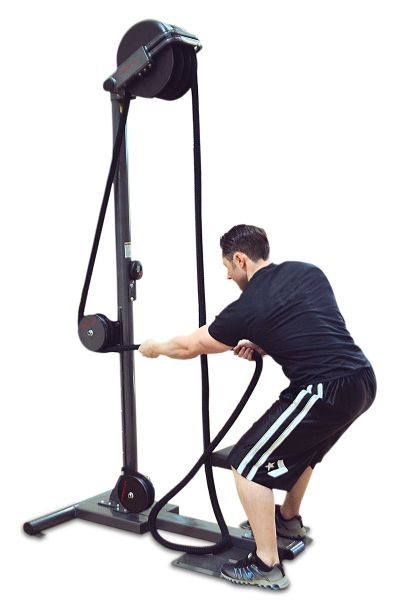 An inextensible cord is thrown over the block, to the ends of which weights of m1=1 kg and m2=2 kg are tied. What will be the reading of the dynamometer during the movement of goods if the elevator is stationary or rises with an acceleration of 3 m/s2? Ignore the mass of the block and cord. An inextensible cord is thrown over the block, to the ends of which weights of m1=1 kg and m2=2 kg are tied. What will be the reading of the dynamometer during the movement of goods if the elevator is stationary or rises with an acceleration of 3 m/s2? Ignore the mass of the block and cord. |
| 22856. The fixed block is attached to the ceiling of an elevator car moving with acceleration a. Weights with masses m1 and m2 are suspended on a suspended inextensible thread thrown over a block. What acceleration of loads a will be recorded by a passenger traveling in an elevator car? |
22857. A wedge, the inclined surface of which forms an angle a with the horizontal, can move forward on a horizontal surface. There is a bar on the wedge, which is pulled by the thread thrown over the block (see Fig.). With what force F should the thread be pulled in the horizontal direction so that the block slides up the inclined surface of the wedge? With what accelerations will the block and wedge move in this case? Wedge mass M, bar mass m.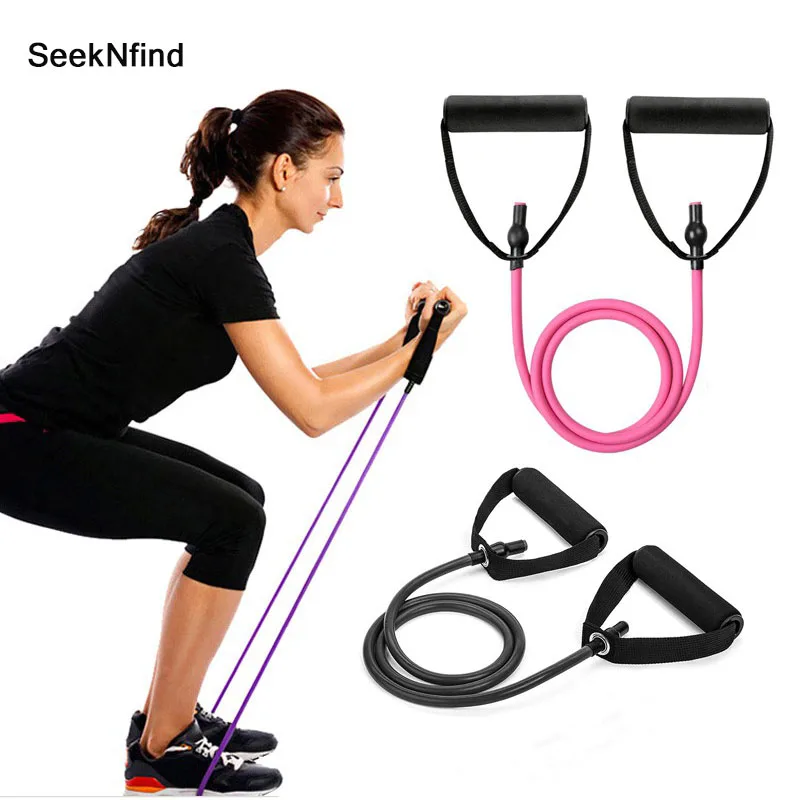 Neglect the friction, the mass of the thread and the mass of the block. At the initial moment of time, the wedge and the bar are at rest. Neglect the friction, the mass of the thread and the mass of the block. At the initial moment of time, the wedge and the bar are at rest. |
| 22858. A bar moving at the initial moment of time with a speed V=2.5 m/s stops after passing a path S=1.4 m along a horizontal rough surface. What is the coefficient of friction m? |
| 22859. The sled is pulled by a rope forming an angle a=40° with the horizon. The mass of the sledge m = 50 kg. The static friction coefficient is equal to m1=0.2, and the sliding friction coefficient is m2=0.15. With what acceleration does the sled move if the tension force F of the rope is a) 100 N? b) 140 N? |
| 22860. A body of mass m0 during time t is acted upon by a constant force F directed horizontally. The coefficient of friction of the body on the horizontal surface on which it lies is equal to m. What distance S will the body take before stopping? |
22861.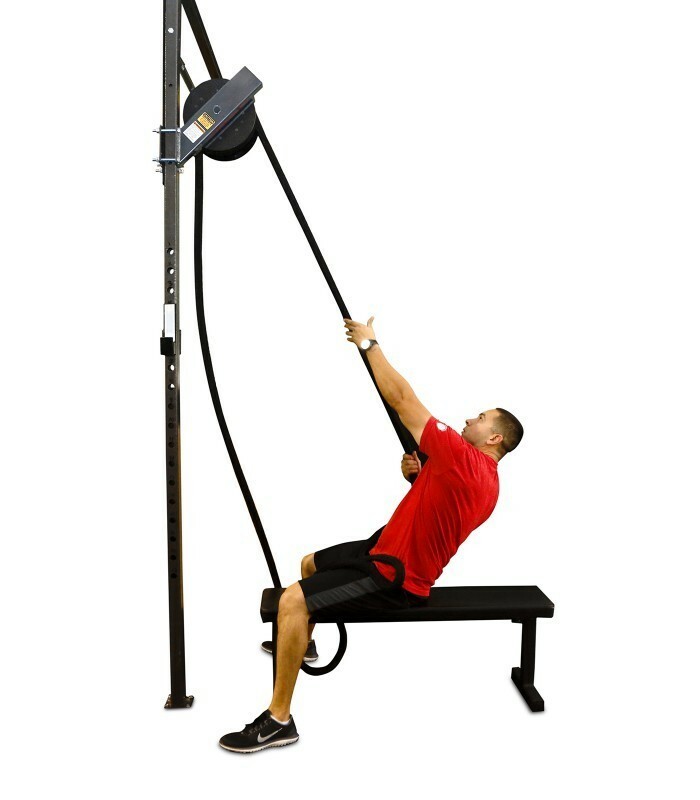 The car moves at a speed of V=30 m/s on a horizontal road. The static friction coefficient of tires on asphalt is m1=0.5, and sliding friction is m2=0.3. How far will the car go to a complete stop after the start of braking, if a) Braking occurs in such a way that the wheels do not slip, although they are close to slipping; b) When the brake is applied sharply, the wheels lock almost instantly and do not rotate? The car moves at a speed of V=30 m/s on a horizontal road. The static friction coefficient of tires on asphalt is m1=0.5, and sliding friction is m2=0.3. How far will the car go to a complete stop after the start of braking, if a) Braking occurs in such a way that the wheels do not slip, although they are close to slipping; b) When the brake is applied sharply, the wheels lock almost instantly and do not rotate? |
| 22862. A car moves along a curve of a horizontal road with a radius R=30 m. |
| 22863. A block of mass m rests on a block of mass M, which lies on a horizontal table. The horizontal force F acts on the lower bar. The coefficient of static friction between the bars is m1, and the sliding friction is m2. There is no friction between the bottom bar and the table surface. a) At what maximum force are F1 fixed relative to each other? b) What are the accelerations of the bars for F > F1 ? |
22864.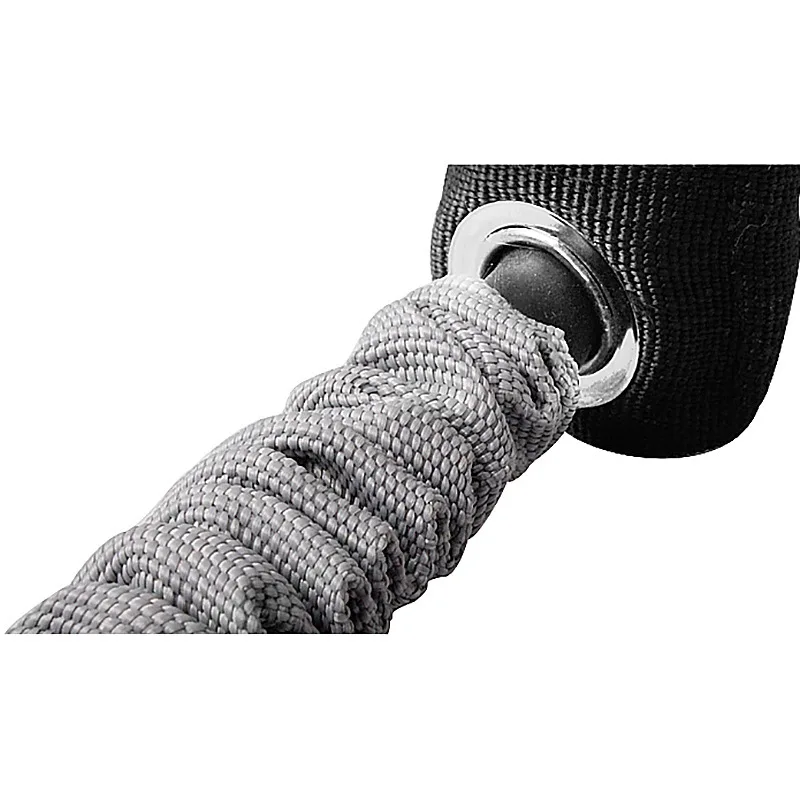 Two identical bodies are connected by a thread and lie on a smooth horizontal table so that the thread is a straight line. The thread can withstand tension with a force of not more than T = 20 N. What horizontal force F should be applied to one of the bodies so that the thread breaks? Will the force required to break the thread change if there is friction between the bodies and the table and the coefficient of friction m is the same for both bodies? Two identical bodies are connected by a thread and lie on a smooth horizontal table so that the thread is a straight line. The thread can withstand tension with a force of not more than T = 20 N. What horizontal force F should be applied to one of the bodies so that the thread breaks? Will the force required to break the thread change if there is friction between the bodies and the table and the coefficient of friction m is the same for both bodies? |
| 22865. Two bars of masses m1 and m2 connected by an inextensible thread are subjected to forces F1 and F2 at angles a1 and a2 to the horizon (see figure). Find the acceleration of the system if the coefficient of friction between the bars and the horizontal plane is equal to m. |
| 22866. A block of mass m=5 kg is pressed against a vertical wall by a horizontal force F=100 N. The static friction coefficient is m=0.5. a) What is the frictional force FTp acting on the block? b) How to find the force required to move the block down (f1) and up (f2) along the wall with a pressing force of 100 N? c) At what maximum horizontal force f applied parallel to the wall will the bar be at rest? |
22867. On a snowy day at temperatures close to the freezing point of water, the static friction coefficient of tires on asphalt is only m=0.08. What is the maximum slope of the road a, on which a car with four driving wheels can climb without acceleration? On a snowy day at temperatures close to the freezing point of water, the static friction coefficient of tires on asphalt is only m=0.08. What is the maximum slope of the road a, on which a car with four driving wheels can climb without acceleration? |
| 22868. How long will it take for the bar to slide off an inclined plane of height h, forming an angle a with the horizon, if, at the angle of inclination of the plane b, it moves uniformly along it? |
| 22869. An ice hill makes an angle a=10° with the horizon. A stone is thrown up along it, which during t=3 s travels a distance S=12 m, after which it slides down. How long does it take t1 for the stone to slide down? What is the coefficient of friction m of stone on ice? |
22870. A block is thrown up an inclined plane forming an angle tetta with the horizon. After some time, it returns to the starting point with a speed equal to half of its initial speed when moving up.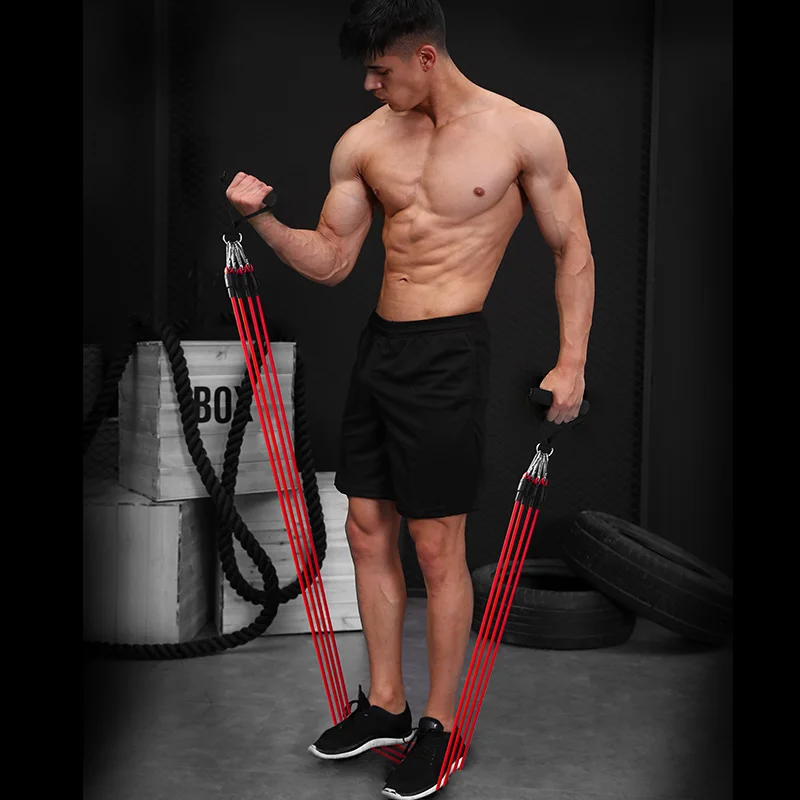 What is the coefficient of friction of the bar on the inclined plane? What is the coefficient of friction of the bar on the inclined plane? |
| 22871. An ice hill makes an angle a=10° with the horizon. A stone is thrown up along it, which then slides down the same way. What is the coefficient of friction if the descending time is n=2 times the ascending time? |
| 22872. The sled rolls down an ice mountain of height h. At what horizontal distance S, counting from the top of the mountain, will the sled stop if the coefficient of friction on the slope and on the horizontal section of the path is constant and equal to m? |
| 22873. Two bars with the same masses m are fastened with a thread and are on an inclined plane making an angle a with the horizon. The bars slide down an inclined plane. What is the tension of the thread if the coefficient of friction of the upper bar on the plane is m1, and the lower one is m2? |
22874.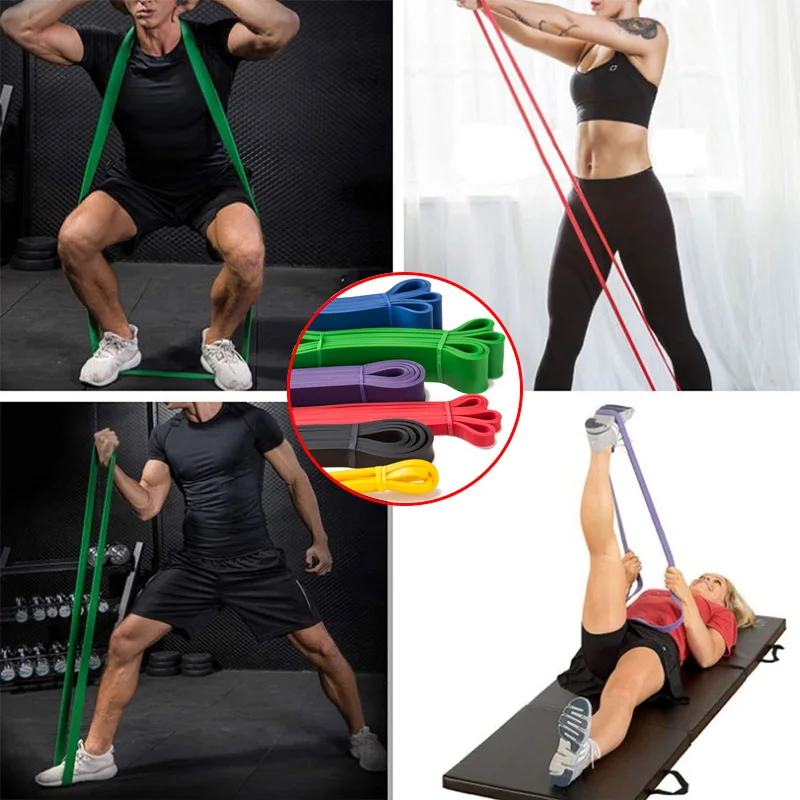 A locomotive of mass M pulls a wagon of mass m at a constant speed along a straight horizontal track. At some point, the car is uncoupled from the diesel locomotive and travels the distance l until it stops. What distance L will the diesel locomotive cover from the moment the car is uncoupled to its stop? Consider the traction force of a diesel locomotive to be constant, and the force of resistance to movement - independent of speed. 92, where V is the vehicle speed. Describe the movement of the car. To what speed will it accelerate? A locomotive of mass M pulls a wagon of mass m at a constant speed along a straight horizontal track. At some point, the car is uncoupled from the diesel locomotive and travels the distance l until it stops. What distance L will the diesel locomotive cover from the moment the car is uncoupled to its stop? Consider the traction force of a diesel locomotive to be constant, and the force of resistance to movement - independent of speed. 92, where V is the vehicle speed. Describe the movement of the car. To what speed will it accelerate? |
| 22876. Coefficient of static friction between the bar lying in the truck body and the body floor m=0.3. The truck moves at a speed V=80 km/h. The truck brakes in such a way that the bar does not move along the floor of the body. What is the maximum distance S that the truck will travel before stopping? |
22877. A block of mass M=100 kg moves without friction on a horizontal surface with an acceleration a1=6 m/s2.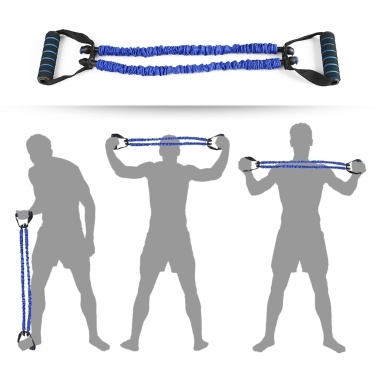 The second bar of mass m=20 kg located on it moves with an acceleration a2=4 m/s2. a) What is the friction force Ffr acting between the bars? b) With what force F act on the bottom bar? c) What is the resulting force Fres acting on the bottom bar? d) With what acceleration a will the lower block move after the upper one falls off it? The second bar of mass m=20 kg located on it moves with an acceleration a2=4 m/s2. a) What is the friction force Ffr acting between the bars? b) With what force F act on the bottom bar? c) What is the resulting force Fres acting on the bottom bar? d) With what acceleration a will the lower block move after the upper one falls off it? |
| 22878. A body of mass m2 lies on a table and is connected by a thread through a block to a body of mass m3. Body 1 with mass m1 is placed on body 2 (see Fig.). The coefficients of friction of the first body relative to the second u1 and the second relative to the table u2 are known. What should be the mass of body 3 for body l to slide relative to body 2? |
22879. Two boards lie on an inclined plane making an angle a with the horizon, one on top of the other, as shown in the figure. Is it possible to choose such values of the masses of the boards m1 and m2, the friction coefficients of the boards on the plane u1 and on each other u2, so that the bottom board slides out from under the top one? At the initial moment, the boards are at rest. |
| 22880. The system shown in the figure is in equilibrium. The coefficient of static friction between a bar of mass M and the surface of an inclined plane u=0.4. The angle of inclination of the wedge a=30°. Mass of cargo M=4 kg. a) In what limits can the mass m change? b) What is the force of friction if m=1 kg? |
| 22881. Two bodies with masses m1 and m2 connected by a weightless inextensible thread are located on an inclined plane, as shown in the figure. Determine the accelerations of the bodies and the tension of the thread if the coefficients of friction of the bodies on the surface of the inclined plane are equal to u1 and u2. Ignore the mass of the block and the friction in it. |
| 22882. The rod on which the ball is put makes an angle a with the vertical and rotates with an angular velocity w around the vertical axis. Where is the ball located on the rod if it is known that it is stationary relative to the rod, its mass is m, and the friction force acting on it is F? |
22883.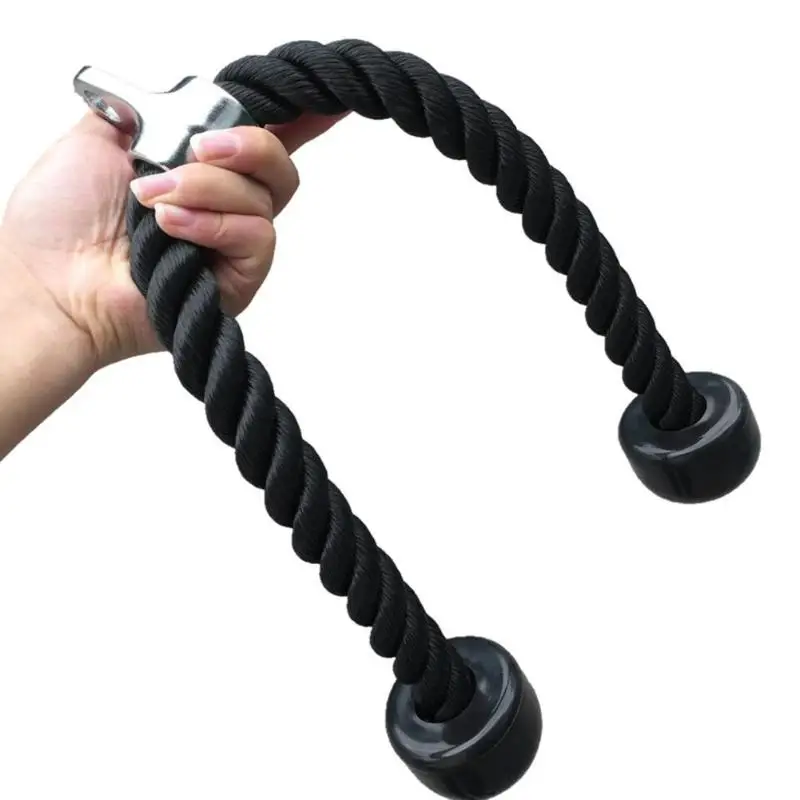 An inclined plane making an angle a with the horizon moves horizontally with an acceleration a in the direction indicated in the figure. At what value of acceleration a will the bar be at rest relative to the plane if the coefficient of friction of the bar on the inclined plane is equal to m? An inclined plane making an angle a with the horizon moves horizontally with an acceleration a in the direction indicated in the figure. At what value of acceleration a will the bar be at rest relative to the plane if the coefficient of friction of the bar on the inclined plane is equal to m? |
| 22884. The slope of the mountain forms an angle a with the horizon. At what angle b should the rope be pulled in order to pull the sled evenly with the least effort? What should be the magnitude of this force? |
| 22885. The slope of the mountain forms an angle a with the horizon. What is the minimum force that allows you to pull the sled uphill with a constant given acceleration a? At what angle b should this force be directed? |
22886. The mass of the bar m in the system shown in the figure is 10 kg, the mass of the stand M = 5 kg. The coefficient of static friction between the bar and the stand is m1=0.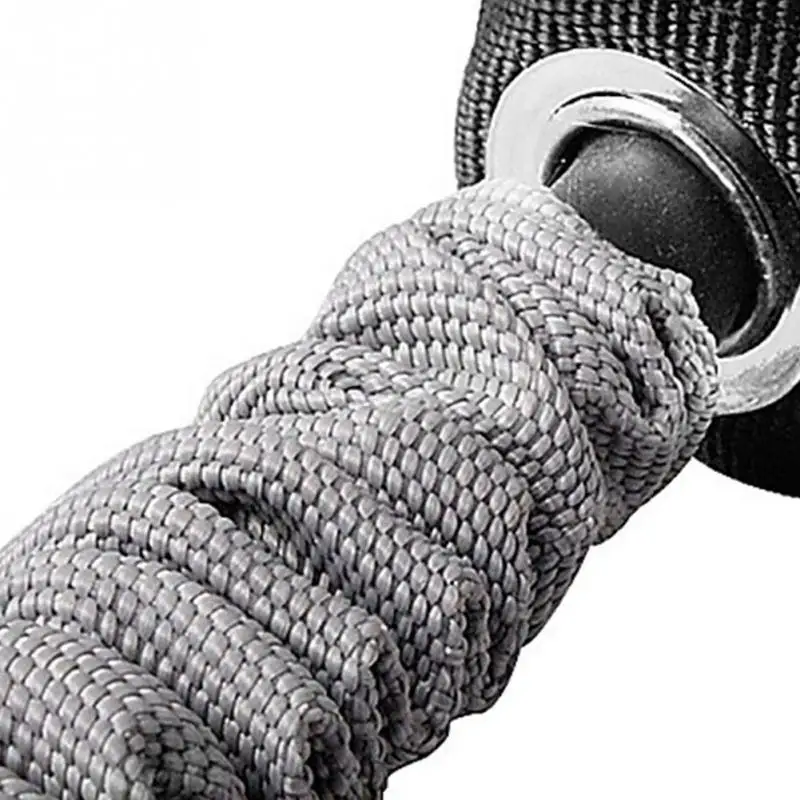 4, and the sliding friction is m2=0.3. There is no friction between the stand and the table surface. a) At what maximum force Fmax will the bar not slide relative to the stand? b) What is the acceleration of the support? c) What are the accelerations of the bodies a_M and a_m for F > Fmax? 4, and the sliding friction is m2=0.3. There is no friction between the stand and the table surface. a) At what maximum force Fmax will the bar not slide relative to the stand? b) What is the acceleration of the support? c) What are the accelerations of the bodies a_M and a_m for F > Fmax? |
| 22887. The sleigh sliding down the mountain covered the path S along the slope in time t. How did the speed of the sleigh increase in this case, if the coefficient of friction is equal to m, and the angle of the mountain is equal to a? |
| 22888. A boy spins a heavy ball on a string of length L = 1 m so that the ball moves in a circle in a horizontal plane. How many revolutions per minute must the ball make in order for the centripetal acceleration directed towards the center of the circle to be equal in magnitude to g? |
22889. A cyclist rides along a horizontal road with a rounding radius R=20 m, while leaning a=15° from the vertical.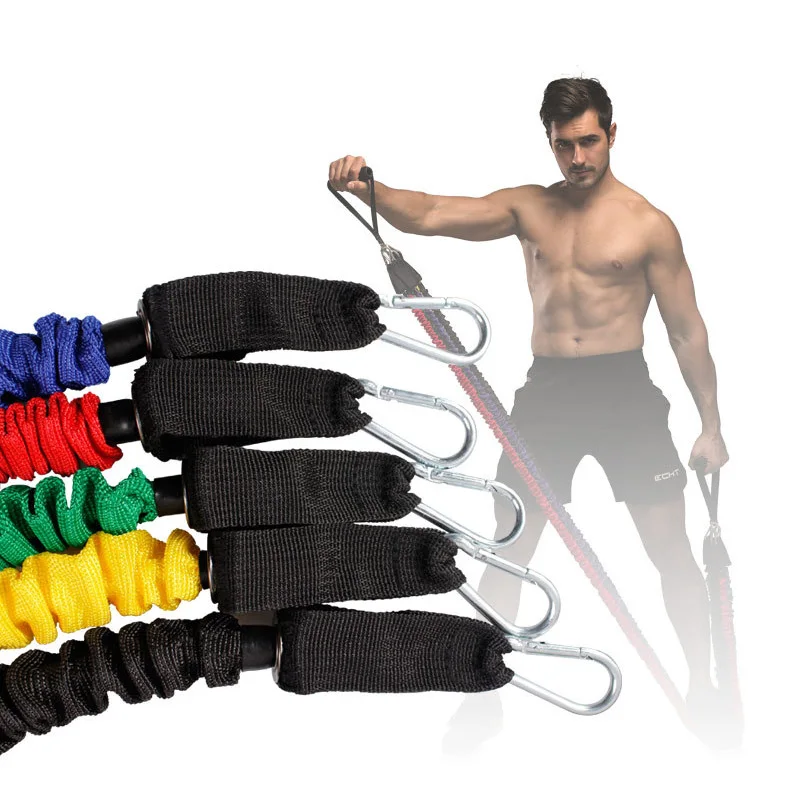 a) What is its speed v? b) If the friction force has the maximum possible value, then what is the coefficient of static friction m? a) What is its speed v? b) If the friction force has the maximum possible value, then what is the coefficient of static friction m? |
| 22890. A motorcyclist, moving along a track with an inclination angle a=30°, describes an arc with a radius R=90 m, and the coefficient of friction is equal to m=0.4. (a) What is the maximum speed a motorcyclist can travel? b) What should be the slope of the track a1 so that the speed of the motorcyclist can be arbitrarily large? |
| 22891. The profile of the road on a curve with a radius of R=30 m is such that a car moving at a speed of V=40 km/h can confidently turn even in icy conditions, when friction is negligible. Determine the limits of the speed at which the car can go through this turn without skidding with a friction coefficient m=0.3. |
22892. A horizontal stand with a coin lying on it moves translationally in a horizontal plane along a circle of radius r with an angular velocity w.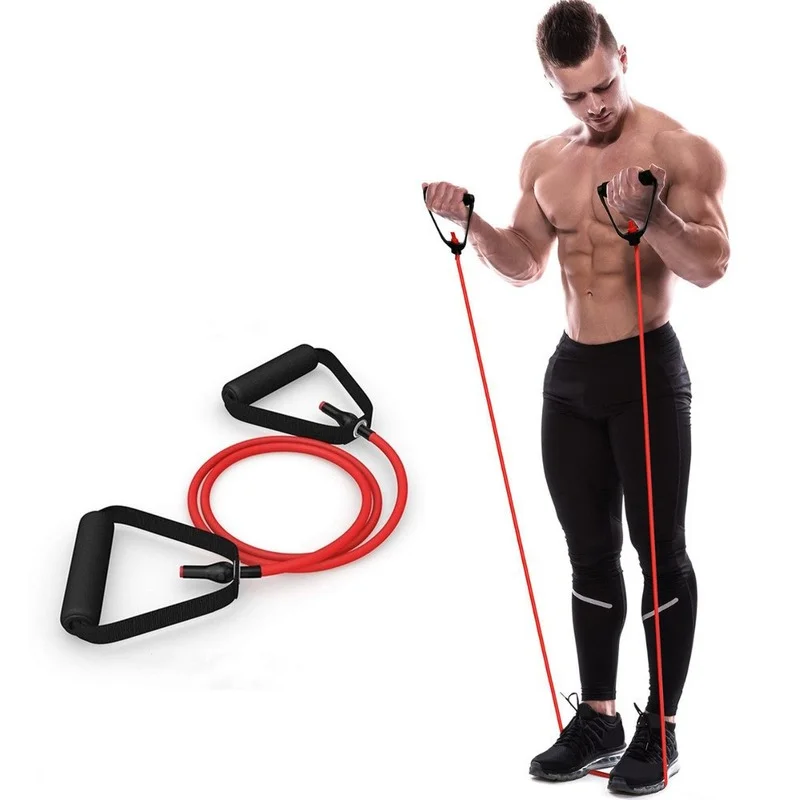 The coefficient of friction is m. What will be the steady movement of the coin? The coefficient of friction is m. What will be the steady movement of the coin? |
| 22893. At what height is the acceleration due to gravity half its value on the Earth's surface? |
| 22894. A body of mass m is suspended from a dynamometer at latitude tetta. What angle does the axis of the spring form with the direction to the center of the Earth? What is the dynamometer reading? The radius of the Earth is R, and the period of its rotation around its axis is T. |
| 22895. A body at the Earth's equator is weighed at midnight, when the gravitational forces of the Earth and the Sun are directed in the same direction, and at noon, when they are opposite. a) What weight will be greater under the assumption that the inhomogeneity of the gravitational field of the Sun near the Earth can be neglected? b) How will taking into account the inhomogeneity of the solar field affect the answer? |
22896.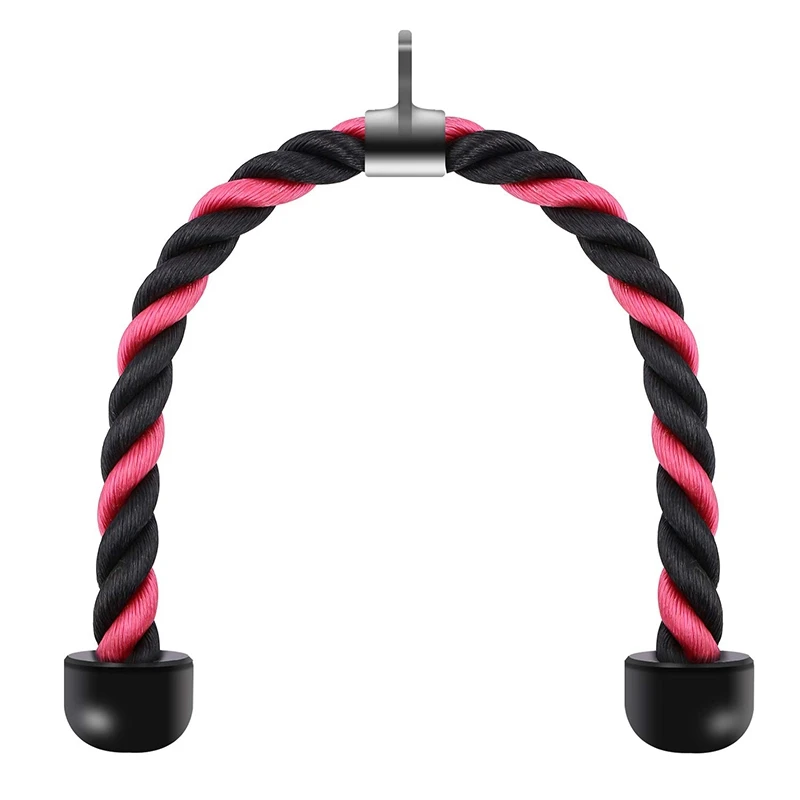 Find the acceleration of gravity on the surface of the Sun, if the length of the year on Earth is T, the radius of the Earth's orbit is R, and the angle at which the diameter of the Sun is seen from the Earth is equal to a. Find the acceleration of gravity on the surface of the Sun, if the length of the year on Earth is T, the radius of the Earth's orbit is R, and the angle at which the diameter of the Sun is seen from the Earth is equal to a. |
| 22897. Determine the mass of the Earth if it is known that an artificial satellite launched to a height of 1000 km has an orbital period of 106 min. The radius of the Earth is 6400 km. |
| 22902. At the planet's equator, bodies weigh half as much as at the pole. The period of revolution of the planet around its axis is T. What is the density of the planet's substance p, if it can be considered a uniform ball? |
| 22903. The satellite, which was supposed to hang motionless over a certain point on the Earth's equator, turned out to have an orbit radius 1 km larger than required. With what speed and in what direction will the satellite move relative to this point? |
22904.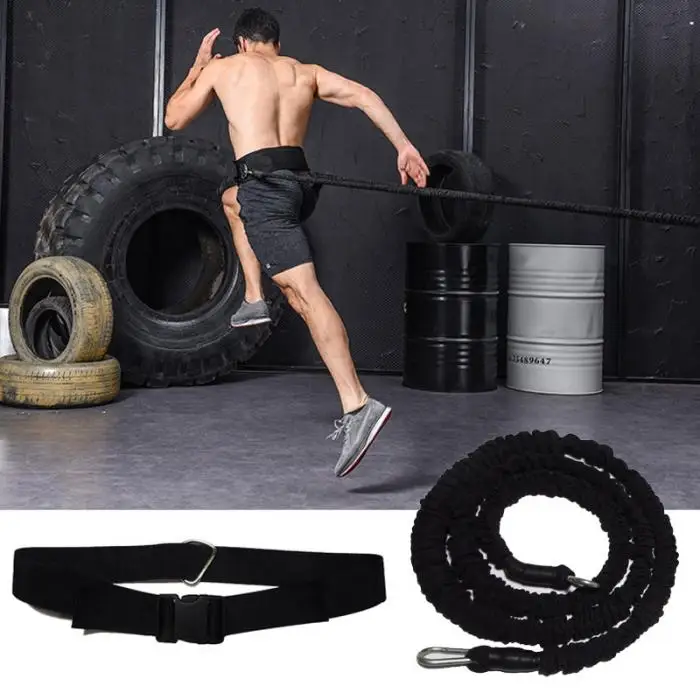 According to Hubble's law, the removal rate of any galaxy is proportional to its distance: V=HR, where H is the Hubble constant. Based on this law, offer an estimate for the critical density of matter in the Universe. According to Hubble's law, the removal rate of any galaxy is proportional to its distance: V=HR, where H is the Hubble constant. Based on this law, offer an estimate for the critical density of matter in the Universe. |
| 22905. Explain the meaning of Hubble's law: galaxies scatter, and the speed of removal of any of them is proportional to the distance to it. Relative to what, or which of the galaxies is this speed measured? 98 m and it rotates around its axis, making one revolution for T0=25.3 days. What will be the period of rotation T if the Sun collapses without loss of mass into a neutron star with a radius of r = 5 km. |
| 22909. In a solid lead ball of radius R, a spherical cavity of half the radius is made, the center of which is located in the middle between the center of the ball and its surface. The mass of the lead ball before the manufacture of the cavity was M. closer to the center of the cavity? b) With what force f1 will two balls with cavities be attracted if the centers of the cavities and balls are located on the same straight line, and the distance between the centers of both balls and cavities is equal to r>2R? c) With what force f2 will balls with cavities be attracted if the distance between their centers is equal to r > 2R, and between the centers of cavities r — R? d) With what force f3 will the balls with cavities be attracted if the distance between their centers is r > 2R, and between the centers of the cavities r + R? |
22910. Determine the magnitude and direction of the gravitational field strength inside a spherical cavity in a homogeneous ball with density p and radius R, if the radius of the cavity is equal to R/2, and its center lies at a distance R/2 from the center of the ball . Show that the gravitational field in an arbitrary cavity inside a homogeneous sphere is uniform and is determined by the distance between the centers of the sphere and the cavity. Determine the magnitude and direction of the gravitational field strength inside a spherical cavity in a homogeneous ball with density p and radius R, if the radius of the cavity is equal to R/2, and its center lies at a distance R/2 from the center of the ball . Show that the gravitational field in an arbitrary cavity inside a homogeneous sphere is uniform and is determined by the distance between the centers of the sphere and the cavity. |
| 22911. | N/m2. What should be the diameter of the aluminum wire d1 so that a load of mass M = 95 kg hanging on it causes the same relative deformation as that of a web thread?
| 22913. A certain force F stretches a wire with a circular cross-section by an amount dL. The wire is melted, and then a new round-section wire is made from the melt twice as short as the previous one. What force F1 is required to stretch this wire by the same amount dL? 99 N/m2. |
22915.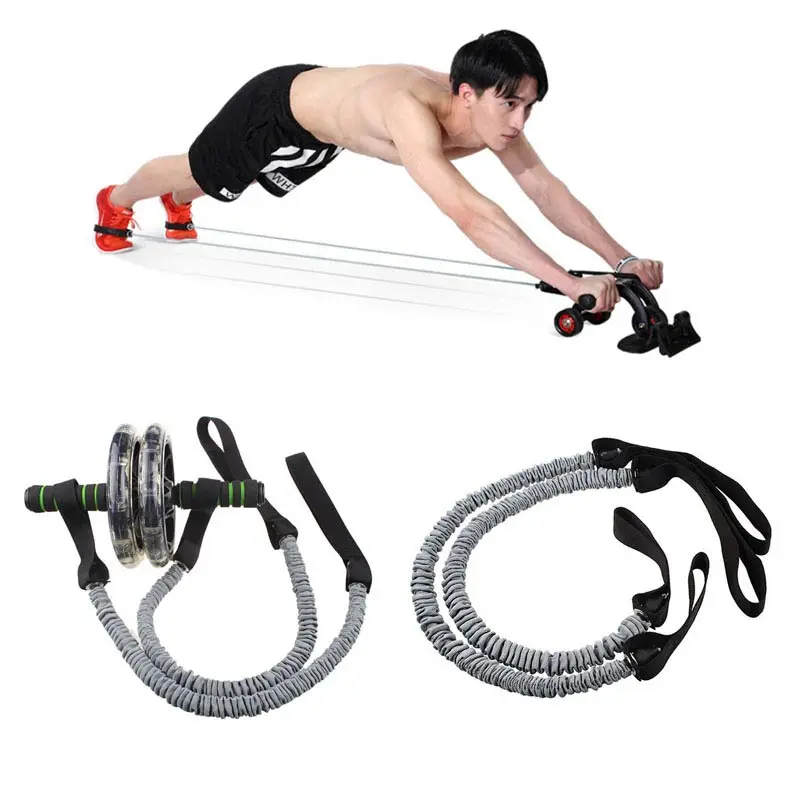 How much is an iron rod of length L and cross section S, suspended vertically at one of its ends, under the action of its own weight? How does this change its volume? How much is an iron rod of length L and cross section S, suspended vertically at one of its ends, under the action of its own weight? How does this change its volume? |
| 22916. The steel rope that can bear the weight of the stationary elevator car has a diameter of 9 mm. What diameter should the rope have if the elevator car can have an acceleration of 8g? |
| 22917. A bar of stiffness k1 is attached to a bar lying on a horizontal smooth table, to which, in turn, a stiffness spring k2 is attached, as shown in the figure. Problem 2.96. When the springs are in the undeformed state, the x-coordinate of the bar is x0. What force acts on the bar from the side of the springs when it is at the point with coordinate x? What will be the force if the springs are connected in parallel? |
22918. A person in a stationary kayak throws a 5 kg stone at a speed of 8 m/s at an angle of 30° to the horizon. The combined mass of a person and a kayak is 105 kg. Neglecting the influence of water, determine the horizontal speed acquired by the kayak. The combined mass of a person and a kayak is 105 kg. Neglecting the influence of water, determine the horizontal speed acquired by the kayak. |
| 22919. A man of mass 50 kg jumps out of a stationary boat of mass 250 kg with a speed of 7.5 m/s. What is the speed of the boat? 9 22920 How fast is the center of mass of this system moving? |
| 22921. Two boats of mass M=100 kg each go in a parallel course towards each other with the same speed V0==5 m/s. When the boats meet, a load of mass m = 25 kg is transferred from the first to the second, and then the same load is transferred from the second boat to the first. At other times, the loads are transferred at the same time. Determine the speed of the boats after the transfer of goods in the first and second cases. |
22922. A bullet of mass m0 moving at an angle a to the vertical with a velocity V hits a block of mass M standing on a horizontal table, on which it can slide with friction, and the coefficient of friction is m.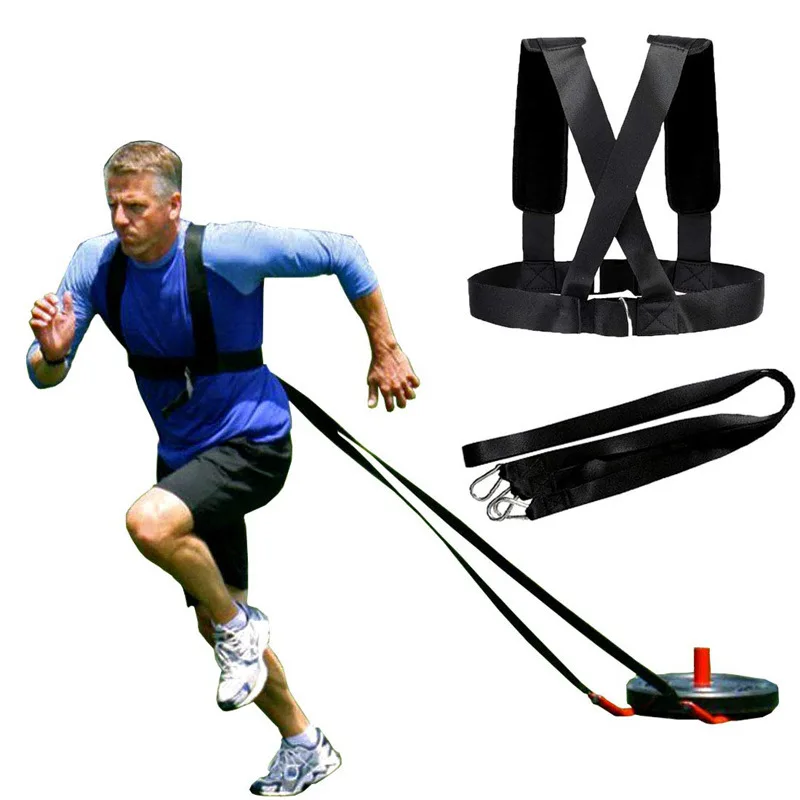 The bullet almost instantly gets stuck in the bar. Under what condition does the block move from its place? How long will he move? The bullet almost instantly gets stuck in the bar. Under what condition does the block move from its place? How long will he move? |
| 22923 How many times will the distance traveled horizontally by the second part change compared to the distance that the unexploded projectile would have traveled? |
| 22924. Two people with masses of 70 kg and 35 kg are skating on ice, friction on which can be neglected. Then they repel each other so that a person with a larger mass begins to slide at a speed of 0.3 m / s. How far apart will they be after 5 seconds? |
| 22925. The speed of a soccer ball weighing m=0.43 kg after impact is V=25 m/s. With what force F does the footballer's foot act on the ball if the impact lasts dt=0.008 s? |
22926. The engine of a powerful rocket burns 200 kg of fuel per second, and the gases escape from the nozzle at a speed of 6 km/s. How much thrust does the rocket develop? How much thrust does the rocket develop? |
| 22927. The vase falls on a smooth floor and breaks into three fragments of equal mass. Two fragments fly off at right angles to each other with the same velocities V. At what speed and in what direction does the third fragment fly off? |
| 22928. A stone of mass m=5 kg fell from a certain height. Find the kinetic energy of the stone at the midpoint of its path Ek if the fall lasted t=2 s. |
| 22929. A car of mass M=1100 kg starts off and accelerates along a horizontal road with an acceleration a=4.6 m/s2 for a time t=5 s. Determine the average power N developed by the motor of the car during this movement. Suggest different ways to solve the problem. |
22930. A load weighing m=300 kg is lifted at a constant speed to a height h=10 m. At the same time, the crane develops a constant power N=400 W. How long will it take to lift the load t? How long will it take to lift the load t? |
| 22931. The motor lifts a load weighing P=800 N to a height h=10 m in time t=3 s. What is the minimum power N that the motor must develop? |
| 22,932 What height h2 would this rocket reach in the absence of air resistance? |
| 22933. Two cars are moving in the same direction in a straight line. The first car has four times the momentum and twice the kinetic energy of the second car. Determine the ratio of the masses of cars and the ratio of their speeds. |
| 22934. A body of mass 4 kg at rest rises to a height of 3 m under the action of a vertical force of 60 N. a) What is the work done by the applied force? b) What is the work done by gravity? c) What is the speed of the body at the end of the lift? |
22935. Two springs with stiffness coefficients k1 and k2 are interconnected.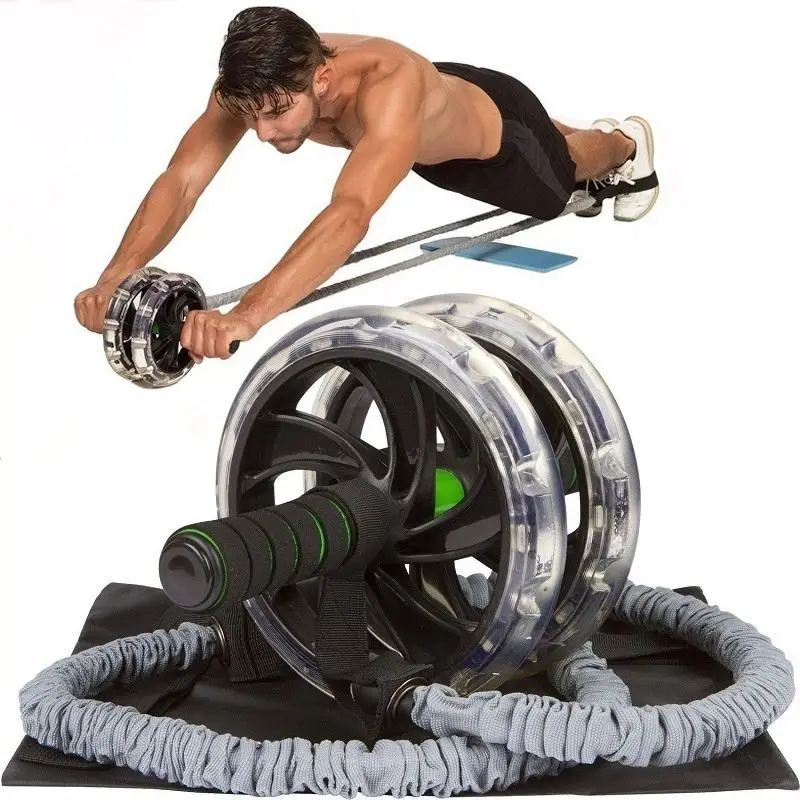 What work must be done to increase the total length of the connected springs by L? What work must be done to increase the total length of the connected springs by L? |
| 22936. A stone weighing m=0.5 kg, fixed at the end of a rod L=50 cm long, rotates uniformly in a vertical plane. The tension of the rod at the lowest point of the circle is T = 44 N. To what height h does the stone rise if it falls off at the moment when its speed is directed vertically upwards? |
| 22937. Two machines of the same mass can reach speeds V1 and V2, respectively. What speed V can they develop if they are connected by a cable, provided that the friction is proportional to the speed? |
| 22938. Horizontal force F=25 N acts on a bar of mass m=4 kg lying motionless on a horizontal table. What speed V will the bar acquire after passing the distance s=3 m if the coefficient of friction is u=0.35? |
22939. Under the action of a constant force of 3 N, the bar moves uniformly on a horizontal surface. The force develops a power of 5 watts. a) What is the work done by the force on a path of 5 m? b) What is the speed of the block? The force develops a power of 5 watts. a) What is the work done by the force on a path of 5 m? b) What is the speed of the block? |
| 22940. A long bar of mass M lies on a smooth horizontal surface. A horizontal force F acts on a cube of mass m lying on the bar for time t. The coefficient of friction between the bar and the cube is u. What is the path S will take the cube on the surface of the bar? |
| 22941. The mass of the sled is 5 kg. The boy pulls the sled by the rope making an angle of 30° with the horizon, with a force of 12 N. Neglecting friction, find the work done by the acting force and the speed of the sled at the end of the horizontal movement of 3 m. The initial speed of the sled is zero. |
| 22942. A load of mass m is uniformly lifted along an inclined plane to a height h, doing work A. Then the load begins to slide down. What speed V will he pick up when he reaches the starting point? |
22943.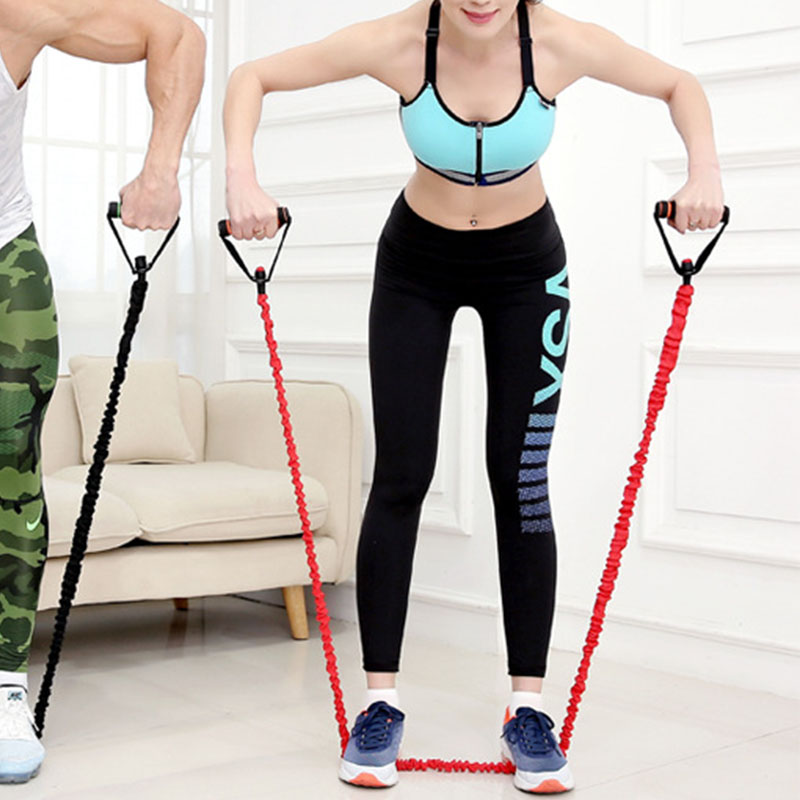 How many times should the angular speed of rotation of the rotor of the helicopter w and the power of its engine P be changed so that the lifting force F remains unchanged with a similar increase in all linear dimensions in the helicopter by k times? How many times should the angular speed of rotation of the rotor of the helicopter w and the power of its engine P be changed so that the lifting force F remains unchanged with a similar increase in all linear dimensions in the helicopter by k times? |
| 22944. A block of mass m=5 kg slides along a horizontal surface with an initial speed V=4 m/s. What distance L will the block travel to stop if the coefficient of friction is u=0.14? Solve the problem using a) the laws of dynamics; b) conservation laws. |
| 22945. A car of mass m=1500 kg starts to climb a hill h=120 m along a road of length S=2 km, having a speed V=24 m/s at the foot of the hill. At the top of the hill, the speed of the car is V1=10 m/s. Neglecting losses due to friction and air resistance, find the work done by the motor A and the average power N developed by it. |
22946. A car of mass M=1 ton on a horizontal road can move with a maximum acceleration a=2 m/s2.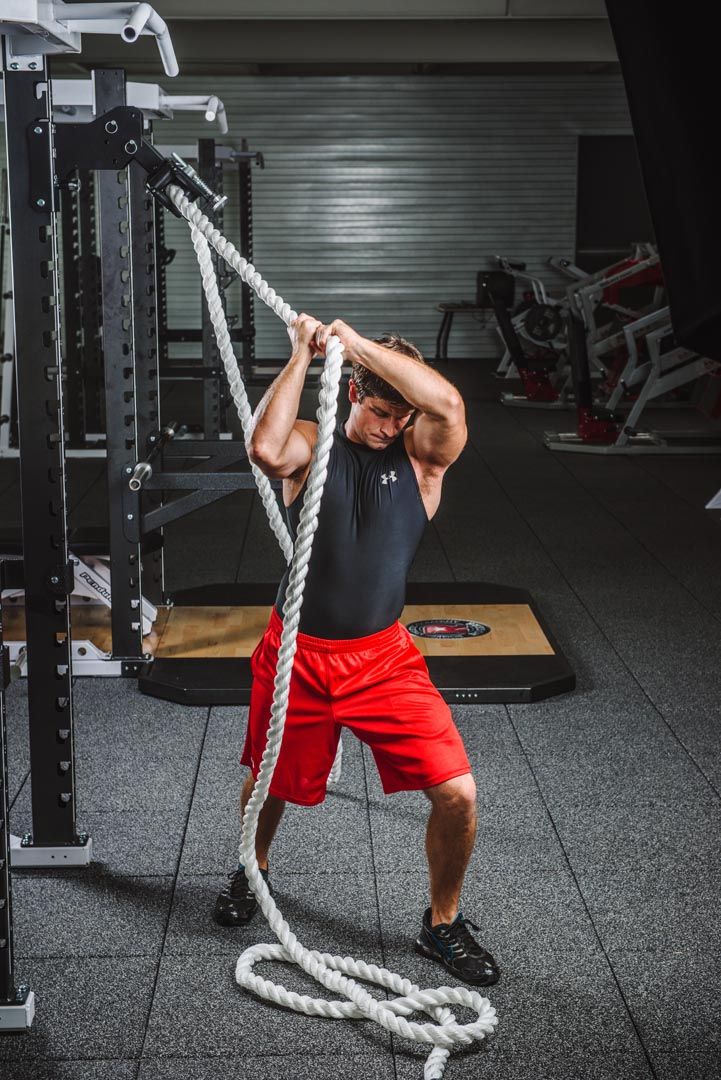 |